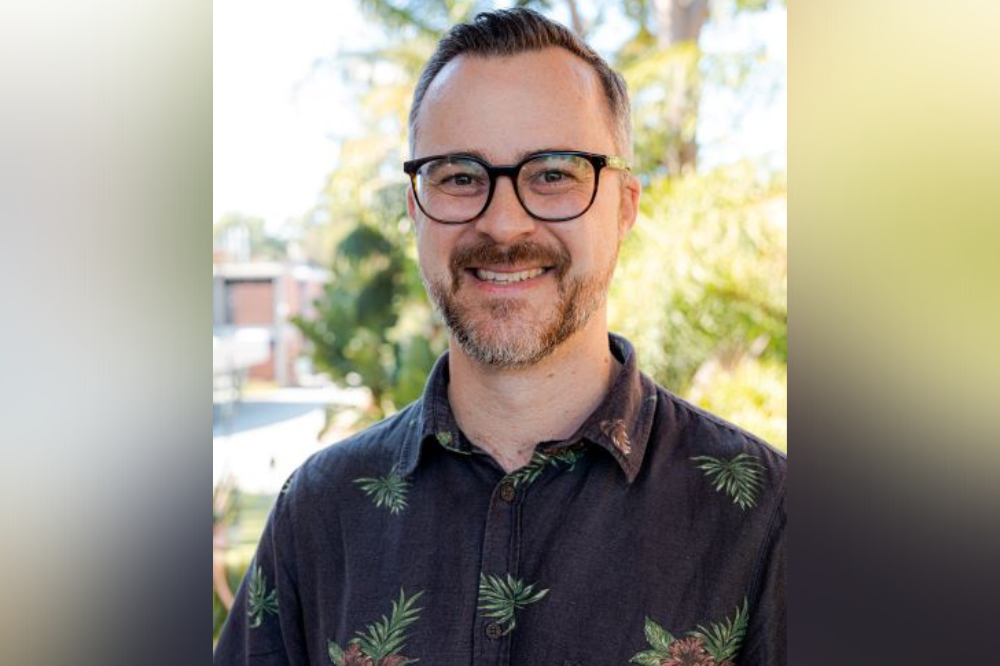
Last week, Federal Education Minister Jason Clare released the draft recommendations of a $328m National Teacher Workforce Action Plan aimed at tackling the nation’s teacher shortage.
The plan, announced by Federal Education Minister Jason Clare on Thursday, proposes a $25m Workload Reduction Fund, $56m for scholarships worth up to $40,000 each; $68m to encourage mid-career professionals to shift into teaching; and $10m for a targeted national campaign to raise the status and value the role of teachers.
However, some experts say that while attracting new people to the profession will help address workforce shortages, the Government must also focus on how to bring back those who have chosen to leave.
‘Workforce action plan signals a critical shift’
Dr Saul Karnovsky, a lecturer at Curtin University’s School of Education says the newly launched plan is encouraging and signals a critical shift in the way the Federal Government is talking about the teaching profession.
“The focus points of the plan align with what the research tells us: teacher workload, administrative burdens, and the status of the profession are all vitally important concerns that need to be addressed,” Dr Karnovsky told The Educator.
“I also feel encouraged that the approach is listening to the people who matter most – teachers. Authentically responding to the concerns and priorities of teachers by ensuring that they “get a seat around the table” in an ongoing way, will increase the likelihood of these measures making a meaningful and positive difference to the sector.”
Recent research by Dr Amanda Heffernan and her colleagues at Monash University’s School of Education showed that 60% of teachers across Australia are considering leaving the profession.
Dr Karnovsky said unreasonable workloads, mostly focused on burdensome administration, are eroding the health and wellbeing of Australia’s teachers.
“Many teachers are feeling increasingly frustrated and disillusioned by the ways schooling has been reshaped to focus on standardised testing, compliance and performance of learning measured in terms of data,” he said.
“Teachers feel like they have very little professional autonomy, with Education departments and principals driving accountability demands that simply can’t be met. Teachers work increasing hours outside of school, with many working 50 hours or more each week over the year. All of this has led to worrying level of demoralisation, emotional burnout and attrition.”
Secure employment a key factor in teacher retention
Dr Karnovsky says the lack of stable full-time work is another issue that is both causing teachers to leave and deterring other prospective staff from entering the profession.
“Many teachers have left the profession because they are unable to secure long term or permanent teaching positions,” he said.
“Like many industries there has been an increase in the casualisation of the profession, with numerous schools adopting a short-term contract system to employ classroom teachers, especially when employing graduate teachers.”
Dr Karnovsky said this leads to uncertainty about future employment and limits the options for these professionals to make long term financial commitments.
“The federal government can put pressure on local school authorities to limit the casual contract system and provide pathways for more attractive long-term appointments,” he said.
“Retaining and supporting teachers who are currently in classrooms is the most critical element of this current plan.”
‘Now is the time to test and try new things’
Dr Karnovsky and his colleague Dr Brad Gobby – a policy sociologist from Curtin University’s School of Education – recently conducted research into teachers’ online discussions about their wellbeing.
They found that teachers feel that school leaders use “toxic positivity” and corporate wellbeing programs to sideline or ignore the problems, like the ones outlined above.
“To change this attitude, school leaders need to create time and space for their teachers to come together and work out collective solutions to their shared workplace stress,” Dr Karnovsky said.
“As the Federal Government’s [National Teacher Workforce Action Plan] announcement has stated, now is the time to ‘test and try new things’ – which includes ditching the Tuesday yoga classes in favour of collective, authentic, meaningful, and local responses to these issues.”


